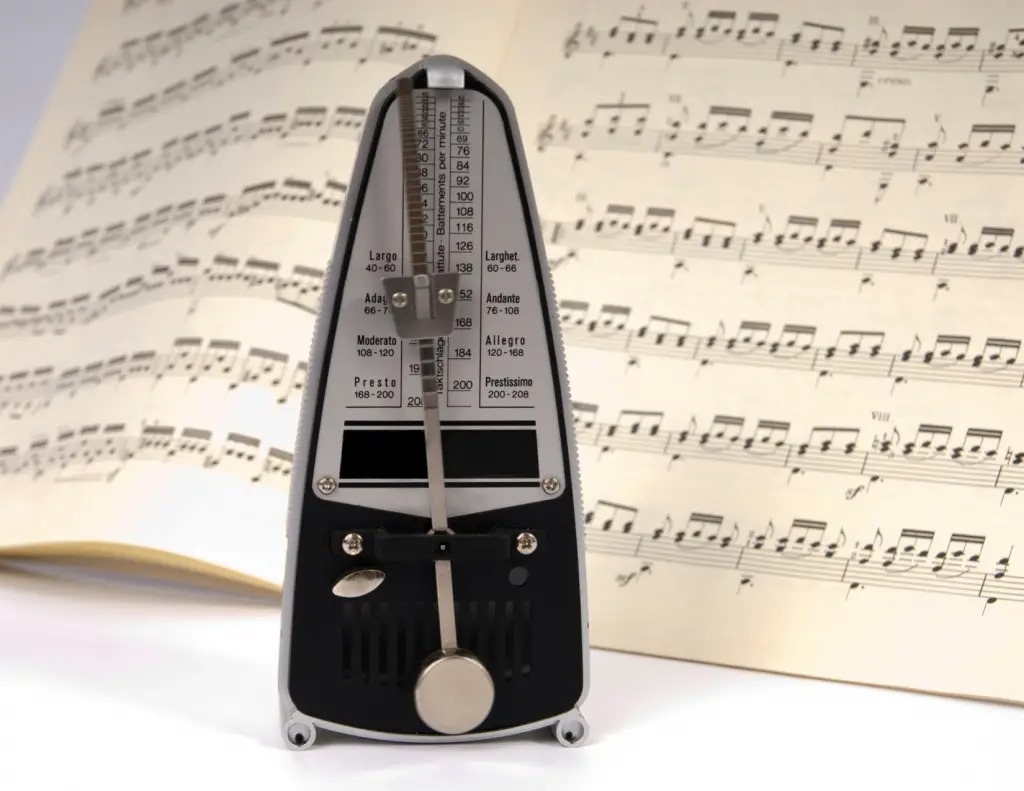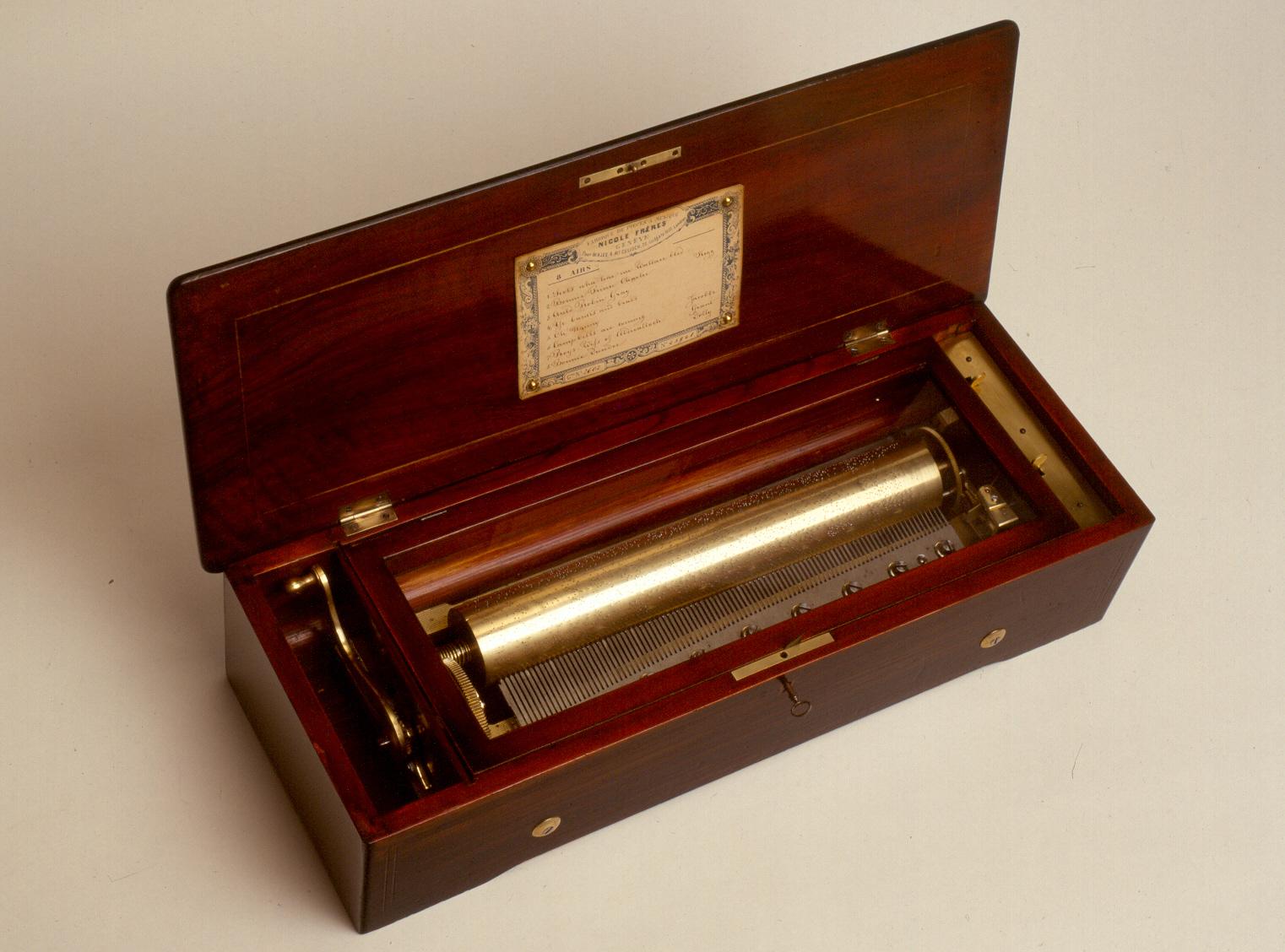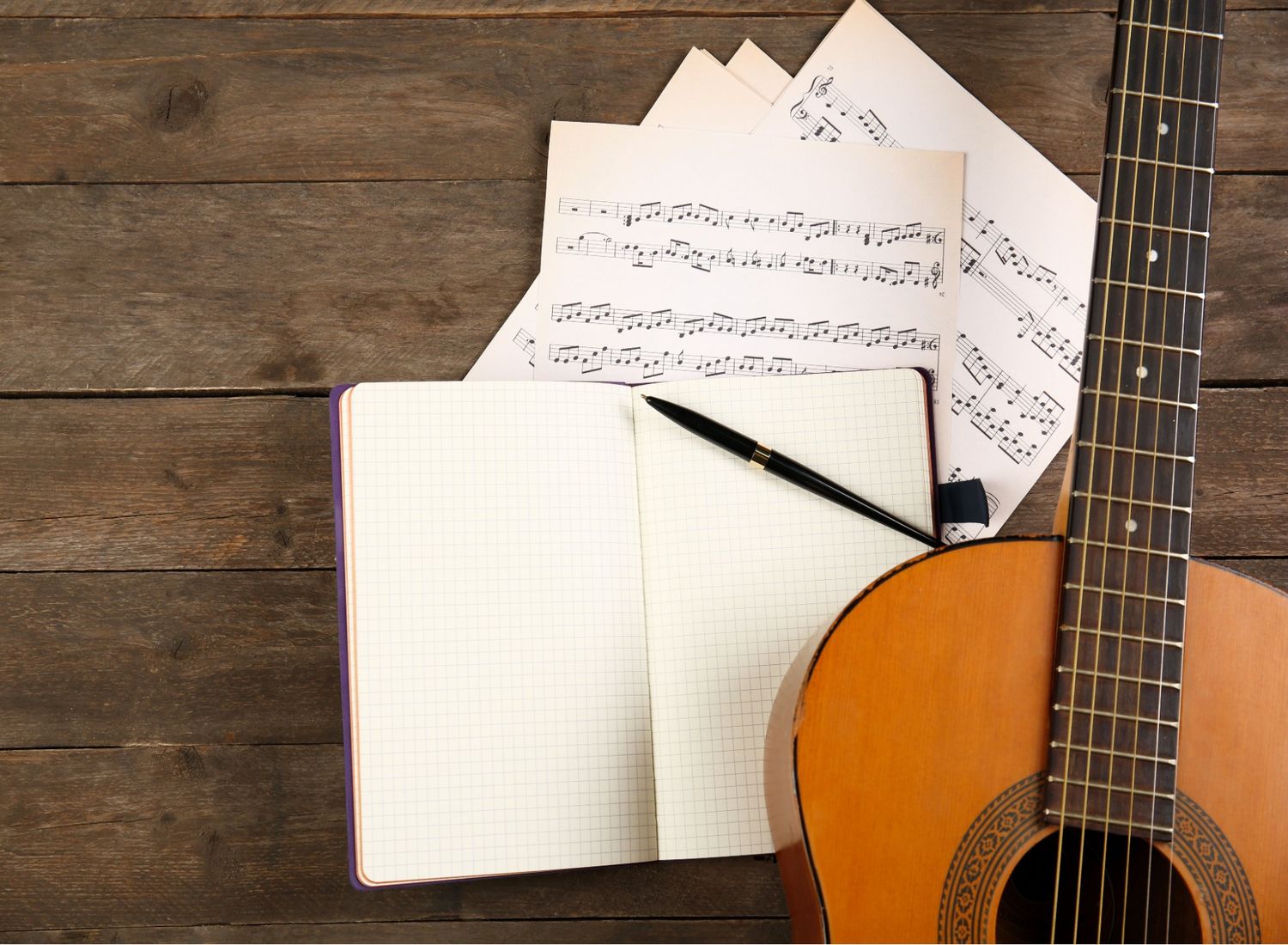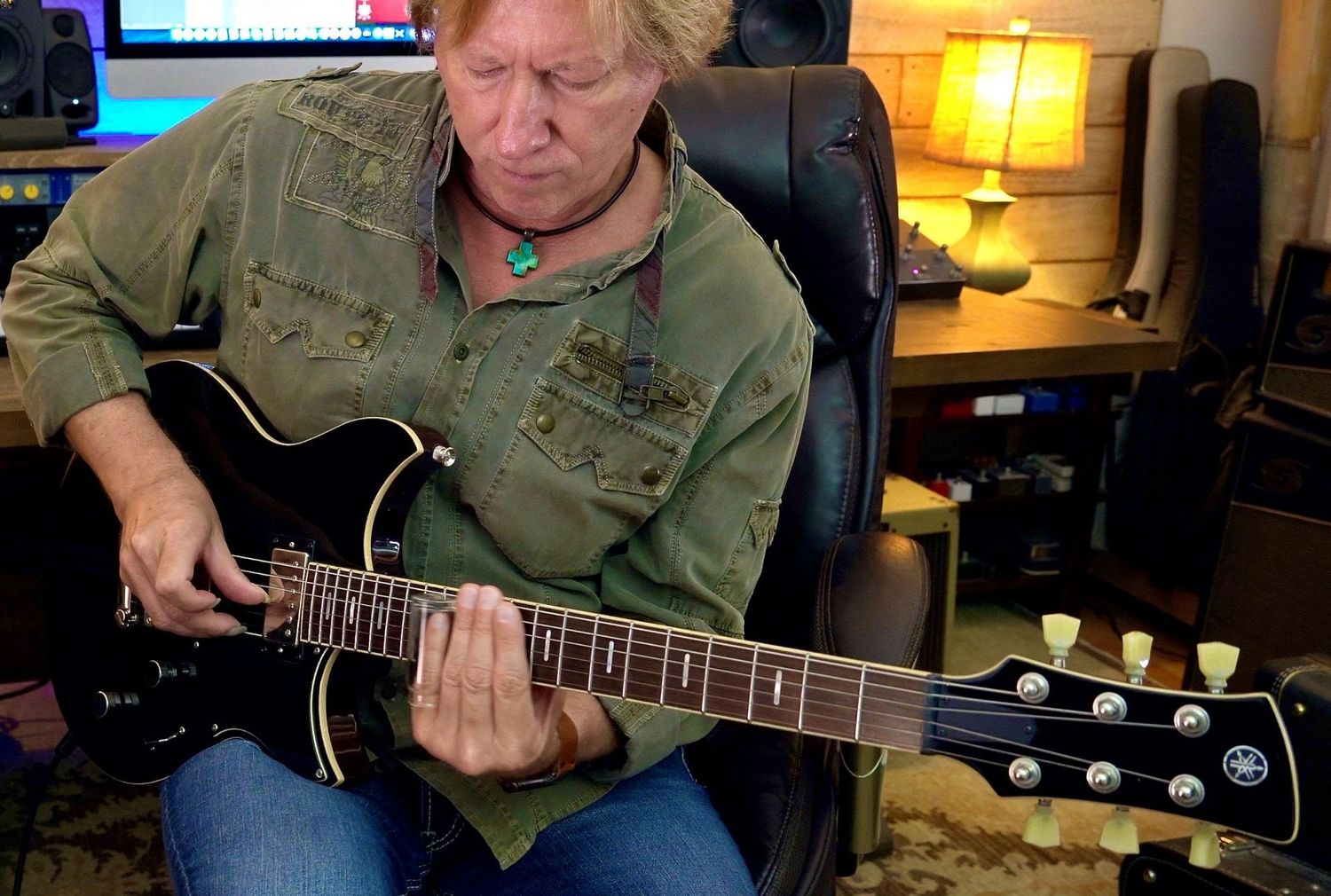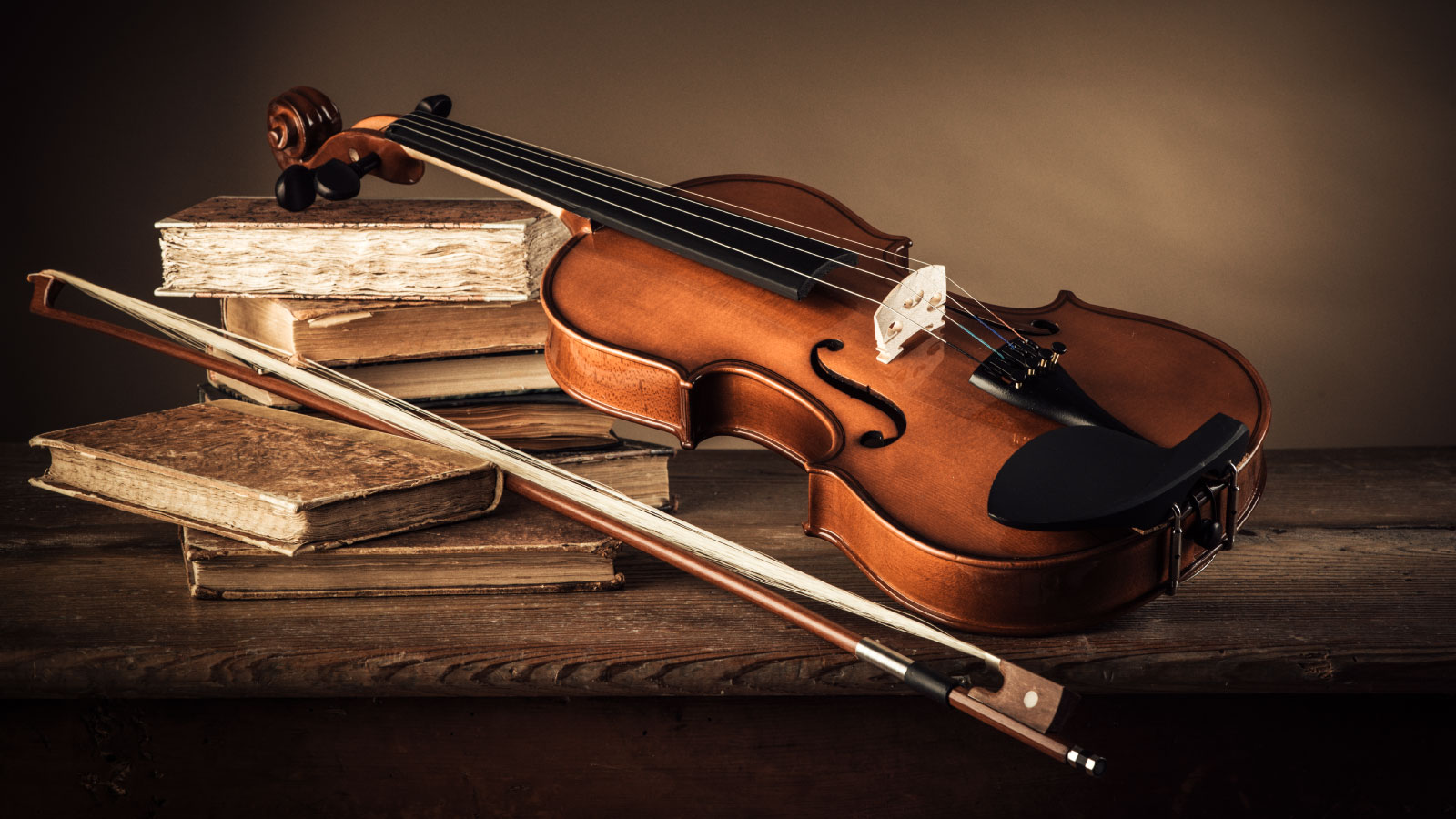Home>Production & Technology>Sheet Music>How To Tell Tempo On Sheet Music


Sheet Music
How To Tell Tempo On Sheet Music
Modified: January 22, 2024
Learn how to easily identify tempo markings on sheet music and enhance your musical performances. Discover the secrets of understanding and interpreting sheet music tempo markings.
(Many of the links in this article redirect to a specific reviewed product. Your purchase of these products through affiliate links helps to generate commission for AudioLover.com, at no extra cost. Learn more)
Table of Contents
Introduction
Welcome to the world of sheet music! Whether you are a seasoned musician or just starting your musical journey, understanding how to read and interpret sheet music is essential. One important aspect of sheet music is tempo, which refers to the speed at which a musical piece is performed. Tempo plays a crucial role in conveying the intended mood and expression of a composition.
In this article, we will explore the concept of tempo in sheet music, learn how to identify tempo markings, and discuss the significance of tempo in musical performance. We will also delve into techniques for determining tempo from sheet music and provide some useful tips for practicing tempo accuracy.
For musicians, tempo is like the heartbeat of a piece, dictating its rhythm and energy. It sets the pace and guides the musicians in their interpretation. Whether you’re playing a lively and upbeat jazz tune or a slow and melancholic classical piece, understanding the tempo is essential for capturing the intended mood and delivering a compelling performance.
Throughout this article, we will discuss various aspects of tempo, including how it is indicated on sheet music, how to analyze tempo markings, and the different types of tempo that can be encountered. Understanding tempo will not only improve your ability to read and interpret sheet music, but it will also enhance your musicality and overall performance as a musician.
So, whether you are a pianist, violinist, guitarist, or any other type of musician, let’s dive into the fascinating world of tempo on sheet music and unlock the secrets to delivering captivating and expressive performances.
Understanding Musical Tempo
Tempo is a fundamental element of music that refers to the speed at which a musical piece is played. It provides the framework for rhythm and sets the overall pace of the composition. Just as a metronome clicks at a steady tempo to keep musicians in sync, tempo in sheet music serves as a guide for performers to maintain a consistent and unified performance.
The tempo of a piece can greatly influence its character, mood, and emotional impact. A fast tempo can create a sense of energy and excitement, while a slow tempo can evoke feelings of tranquility or sadness. Musicians often use tempo to convey the intended expression and convey the composer’s emotions.
Tempo is typically indicated at the beginning of a musical piece with a specific tempo marking or term. These markings can take the form of words or abbreviations, such as “Allegro” (meaning fast) or “Largo” (meaning slow). Additionally, tempo markings may include a metronome marking, which provides a precise tempo measurement in beats per minute (BPM).
It is important to note that while the tempo marking provides a general indication of the speed, it is ultimately up to the interpretation of the performer to determine the exact tempo within the given range. Different interpretations can lead to variations in tempo, allowing musicians to add their own unique flair and interpretation to the music.
Understanding tempo is crucial not only for solo performers but also for ensemble playing. It ensures that all musicians are playing in sync and maintaining a cohesive musical performance. Additionally, it allows for effective communication between the conductor or band leader and the performers.
As a musician, developing a strong sense of tempo is essential for playing with precision and accuracy. It requires the ability to internalize and maintain a steady beat, regardless of the complexity of the musical piece.
Now that we have a basic understanding of tempo in music, let’s explore how tempo is indicated on sheet music and how to decipher these markings to accurately interpret the intended tempo of a musical composition.
Reading Sheet Music
Sheet music serves as the written representation of a musical piece. It consists of various musical symbols and notations that communicate the composer’s intentions to the performers. Reading sheet music is a valuable skill for musicians, as it allows them to accurately interpret and perform music.
When reading sheet music, there are several key components to consider:
- Staff: The staff is a set of horizontal lines and spaces that represent different pitches. Notes and other musical symbols are placed on or between these lines and spaces to indicate specific pitches.
- Clef: The clef is a symbol located at the beginning of each staff that indicates the range of pitches that the staff represents. The most common clefs are the treble clef (for higher-pitched instruments like the piano, violin, and flute) and the bass clef (for lower-pitched instruments like the cello, trombone, and tuba).
- Time Signature: The time signature indicates the meter or rhythmic structure of the music. It consists of two numbers placed at the beginning of the staff. The top number represents the number of beats in each measure, while the bottom number represents the note value that receives one beat.
- Notes: Notes are the main symbols used to represent the pitches in sheet music. They are placed on the staff according to their pitch and duration. The shape and positioning of the note determine its pitch, while additional symbols and flags indicate its duration.
- Rests: Rests are symbols used to indicate periods of silence or pauses in the music. They have different shapes and durations, just like notes, and are placed on the staff in the same way.
- Other Symbols: Sheet music may also include various other symbols and notations, such as dynamic markings (indicating the volume), articulations (indicating how the notes should be played), and tempo markings (indicating the speed of the music).
By understanding these components and familiarizing yourself with the various symbols and notations used in sheet music, you can efficiently read and interpret a musical composition. Reading sheet music allows you to follow along with the musical score, play in ensembles, and gain a deeper understanding of the structure and nuances of the music you are performing.
Now that we have a solid foundation in reading sheet music, let’s move on to exploring how tempo is indicated on sheet music and how we can identify and analyze tempo markings.
Identifying Tempo Markings
Tempo markings in sheet music provide valuable information about the speed at which a musical piece should be performed. They serve as a guide for musicians to understand and interpret the intended tempo of the composition.
Tempo markings can be indicated in different ways, including:
- Italian Terms: Many tempo markings are indicated using Italian terms, which have become widely adopted in the world of music. Some common examples include:
- Allegro: Fast, lively, and cheerful.
- Andante: Moderately slow, walking pace.
- Adagio: Slow and leisurely.
- Presto: Very fast.
- Largo: Very slow and broad.
- Metronome Markings: In addition to Italian terms, tempo can also be indicated using metronome markings. A metronome is a device used to keep a steady beat and is often used to practice and perform music. Metronome markings specify the number of beats per minute (BPM) and are displayed as a fraction or a numeric value. For example, a tempo marking of 120 BPM indicates 120 beats per minute.
- Relative Terms: In some cases, tempo markings are indicated using relative terms rather than specific Italian terms or numeric values. These terms provide a general idea of the tempo but leave the interpretation up to the performer. Examples of relative terms include “Moderato” (moderate speed), “Lento” (slow), or “Vivace” (lively).
Identifying tempo markings in sheet music requires careful observation and familiarity with the different notations and symbols used. Tempo indications are typically found at the beginning of a musical piece, above or below the staff, and are often accompanied by other performance instructions.
It is important to note that tempo markings can vary in their level of specificity. Some markings provide a general indication of the desired speed, while others may be more precise, incorporating both Italian terms and metronome markings.
By identifying and understanding tempo markings, you gain insights into the composer’s intentions and can approach the music with the appropriate speed and expression. It provides a starting point for further interpretation and allows you to convey the desired emotion and energy of the musical piece.
Now that we know how to identify tempo markings, let’s explore the process of analyzing tempo indications and understanding their significance in musical performance.
Analyzing Tempo Indications
When it comes to analyzing tempo indications in sheet music, it is important to consider the specific markings and instructions provided by the composer. Understanding and interpreting these indications will help musicians accurately perform the piece with the intended speed and feel.
Here are some key points to consider when analyzing tempo indications:
- Italian Terms: If the tempo marking is given in Italian, such as “Allegro” or “Andante,” it is crucial to understand the meaning and character associated with each term. Taking into account the style and historical context of the composition can provide further insights into the intended tempo and overall performance.
- Metronome Markings: Metronome markings provide a precise numerical representation of the tempo in beats per minute (BPM). Analyzing metronome markings allows musicians to establish a consistent and accurate tempo, enabling them to play in synchronization with other musicians or recordings. It is essential to practice with a metronome to develop a sense of timing and internalize the desired tempo.
- Dynamic Markings: The dynamic markings in the sheet music, such as “piano” (soft) or “forte” (loud), can also influence the perception of tempo. Sometimes, composer’s intentions go beyond the assigned tempo marking, and dynamic indications can give further insights into the desired energy and intensity of the performance.
- Contextual Considerations: It is important to consider the overall context of the musical piece when analyzing the tempo. Sometimes changes in tempo throughout the composition, indicated by terms like “ritardando” (gradually slower) or “accelerando” (gradually faster), allow for expressive and dynamic interpretation. These tempo fluctuations can enhance the overall musical journey and highlight specific sections or emotions within the piece.
- Phrasing and Articulation: Tempo markings alone do not provide a complete understanding of the desired performance. Phrasing and articulation markings, such as slurs, staccatos, or accents, affect the rhythmic feel and interpretation of the music. By analyzing these markings alongside the tempo indications, musicians can create a more nuanced and expressive performance.
Analyzing tempo indications requires careful attention to detail and an understanding of the composer’s style and intent. By considering Italian terms, metronome markings, dynamic indications, contextual factors, and phrasing and articulation, musicians can gain a deeper understanding of the tempo and infuse their performances with artistic expression and interpretation.
Now that we have analyzed tempo indications, let’s explore the importance of tempo in musical performance and how it can significantly impact the overall mood and effectiveness of the composition.
Importance of Tempo in Musical Performance
The tempo of a musical piece plays a vital role in shaping the overall performance and communicating the intended mood and expression. It sets the pace and energy of the music, impacting how the audience perceives and experiences the composition. The importance of tempo in musical performance cannot be overstated, as it has a significant influence on the emotional impact and effectiveness of the music.
Here are some key reasons why tempo is crucial in musical performance:
- Mood and Expression: The tempo of a piece directly affects its mood and emotional character. A fast tempo can create a sense of excitement, urgency, or joy, while a slow tempo can evoke feelings of tranquility, melancholy, or introspection. By adhering to the intended tempo, musicians can effectively convey the desired emotion and expression of the music.
- Unity and Synchronization: Tempo serves as a unifying factor in ensemble performances, ensuring that all musicians play together in sync. It provides a common reference point for maintaining a cohesive and synchronized performance. When musicians follow the same tempo, it allows them to listen and respond to each other, resulting in a harmonious and well-coordinated ensemble sound.
- Rhythm and Timing: Tempo is closely tied to rhythm and timing in music. It establishes the rhythmic framework and helps musicians stay consistent in their timing and execution. By adhering to the specified tempo, musicians can maintain a steady beat, navigate complex rhythmic patterns, and perform intricate musical passages with precision.
- Effective Communication: Tempo markings allow for effective communication between the composer and the performer, as well as between performers themselves. By adhering to tempo indications, musicians can accurately interpret the composer’s intention and convey the artistic vision of the music. Tempo acts as a common language that facilitates smooth communication and interpretation.
- Dynamic and Structural Changes: Tempo changes within a musical piece can bring significant impact and highlight structural elements or emotional shifts. Gradual accelerations or decelerations can create anticipation or build intensity, while abrupt changes can add drama or surprise. Adhering to these tempo changes allows musicians to navigate the piece’s structure and effectively convey these dynamic shifts.
When tempo is accurately maintained in musical performance, it enhances the overall effectiveness, impact, and cohesiveness of the composition. It allows the musicians to connect with the audience on a deeper level, conveying the intended emotions and nuances of the music.
Now that we understand the importance of tempo in musical performance, let’s explore some techniques for determining the tempo from sheet music and how to practice tempo accuracy.
Techniques to Determine Tempo from Sheet Music
While tempo markings provide a general indication of the desired speed, determining the precise tempo from sheet music can be a challenge. However, there are several techniques and strategies that musicians can employ to accurately determine the tempo of a musical piece:
- Metronome: One of the most effective tools for determining and practicing tempo is a metronome. By setting the metronome to the given BPM indicated in the sheet music, musicians can establish a steady beat to guide their practice and performance. This helps to develop a sense of timing and maintain a consistent tempo throughout the piece.
- Referencing Recordings: Listening to professional recordings or performances of the musical piece can provide valuable insights into the intended tempo. Pay attention to the overall speed and feel of the performance, and try to align your interpretation with the recording. This can give you a reference point to aim for when determining the tempo from sheet music.
- Subdividing Beats: Break down the beats into smaller subdivisions and count or play along with them. This allows you to internalize the pulse of the music and get a better feel for the tempo. By subdividing the beats, you can also identify any irregular rhythms or syncopations present in the piece.
- Observing Notation: Analyze the rhythmic patterns and note durations in the sheet music. Look for patterns that indicate a certain tempo, such as consistent eighth notes or frequent use of certain note values. By observing these notations, you can make educated guesses about the tempo of the piece.
- Consider the Style: Different musical styles tend to have characteristic tempos associated with them. For example, a baroque piece might have a faster tempo compared to a slow movement in a romantic composition. Consider the style and historical context of the music to give you a better understanding of the intended tempo.
By combining these techniques and approaches, musicians can determine a suitable tempo for a musical piece. It is important to keep in mind that tempo, to some extent, is open to interpretation and can vary based on individual performance preferences.
Experiment with different tempos and listen to the overall effect on the music. Strive to find a balance between maintaining the composer’s intended tempo and infusing the piece with your own artistic interpretation.
Now that we have explored techniques for determining the tempo from sheet music, let’s delve into some tips for practicing and improving tempo accuracy.
Tips for Practicing Tempo Accuracy
Practicing tempo accuracy is crucial for musicians to develop a strong sense of rhythm and timing. It allows for cohesive and precise performances, enhancing the overall musicality and impact of the music. Here are some tips to help you improve your tempo accuracy:
- Use a Metronome: Incorporate a metronome into your practice routine. Start by playing along with the metronome set to the desired tempo indicated in the sheet music. Gradually increase the tempo as you gain proficiency, challenging yourself to maintain accuracy and synchronization.
- Subdivide the Beat: Practice subdividing the beat into smaller note values. This helps to develop a solid internal sense of rhythm and allows you to perform complex rhythms accurately. Count or play along with subdivisions such as eighth notes or sixteenth notes to improve your timing precision.
- Focus on Dynamics: Pay attention to the dynamic markings in the sheet music and how they relate to the tempo. Practice adjusting the volume levels according to the specified dynamics while maintaining a steady tempo. This helps to maintain musical expression and phrasing without compromising the tempo.
- Record and Review: Record yourself playing the musical piece and listen back to identify any tempo inconsistencies or areas that need improvement. Take note of any sections where you tend to rush or slow down, and focus on those areas in your practice sessions to develop better tempo control.
- Practice with a Clapping or Tapping: Practice clapping or tapping the rhythm of the piece without playing your instrument. This helps to internalize the pulse and feel of the music, improving your ability to maintain a consistent tempo when you return to playing your instrument.
- Ensemble Playing: Engage in ensemble playing or collaborating with other musicians. Playing with other musicians requires precise timing and synchronization. It challenges you to listen and respond to others, enhancing your overall sense of tempo accuracy.
- Slow Practice: Start practicing at a slower tempo than indicated in the sheet music. This allows you to focus on accuracy and develop a strong foundation before gradually increasing the tempo. Slow practice helps build muscle memory, allowing you to perform with greater precision and control.
- Internalize the Music: Get to know the music well by listening to various recordings, analyzing the structure, and understanding the emotional context. Internalizing the music helps you develop an intuitive sense of the tempo and enhances your ability to express the intended emotions effectively.
Consistent practice and attention to detail are key when striving for tempo accuracy. Remember to remain patient and persistent, as developing tempo accuracy is a gradual process that takes time and consistent effort.
By incorporating these tips into your practice routine, you’ll soon find that your sense of tempo improves, leading to more confident and engaging performances.
Now that we have explored tips for practicing tempo accuracy, let’s conclude our discussion on the significance of tempo in musical performance.
Conclusion
Understanding and interpreting tempo in sheet music is an essential skill for musicians. Tempo sets the pace, mood, and expression of a musical piece, guiding performers in their interpretation and allowing them to deliver captivating performances.
Throughout this article, we explored various aspects of tempo, from understanding its significance in musical performance to identifying tempo markings and analyzing their indications. We learned techniques for determining tempo from sheet music and practical tips for practicing tempo accuracy.
By mastering tempo, musicians can effectively convey the intended emotions and character of the music. Whether it’s following the lively tempo of an allegro piece or capturing the introspective mood of a largo composition, tempo allows musicians to bring the music to life and engage their audience on a deeper level.
Remember to use tools such as metronomes, recordings, and subdivision techniques to improve your tempo accuracy. Practice with discipline, record and review your performances, and embrace opportunities for ensemble playing to fine-tune your synchronization skills.
As you continue your musical journey, keep in mind that while tempo markings provide a starting point, they also offer room for interpretation. Infusing your own artistic expression within the context of the marked tempo can make your performances unique and compelling.
So, whether you’re a pianist, vocalist, guitarist, or any other type of musician, embrace the power of tempo in sheet music. Mastering tempo will not only enhance your musicality but also connect you with the essence of each musical composition, allowing you to deliver an unforgettable performance.
Now, go forth, practice, and let the tempo guide you on your musical adventures!

